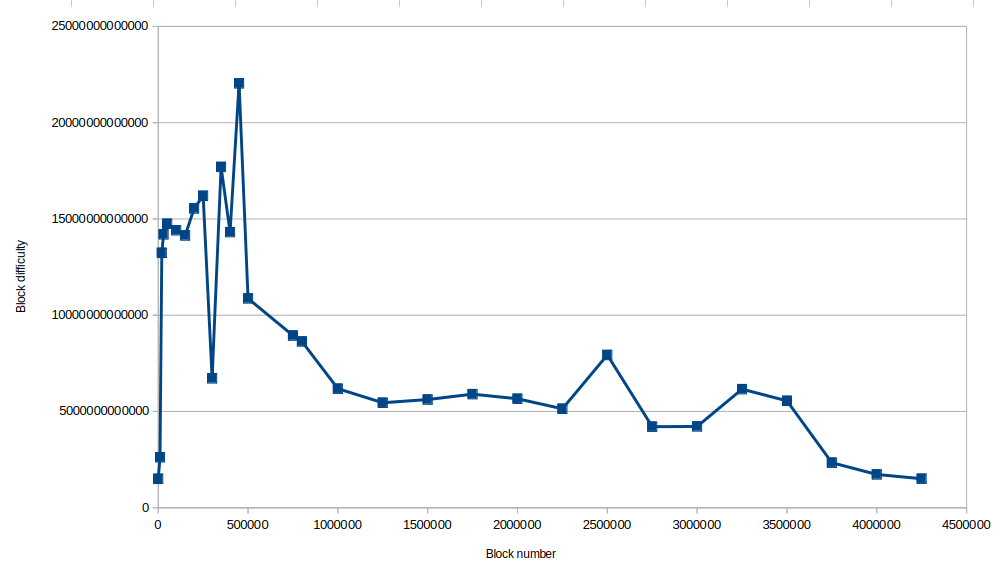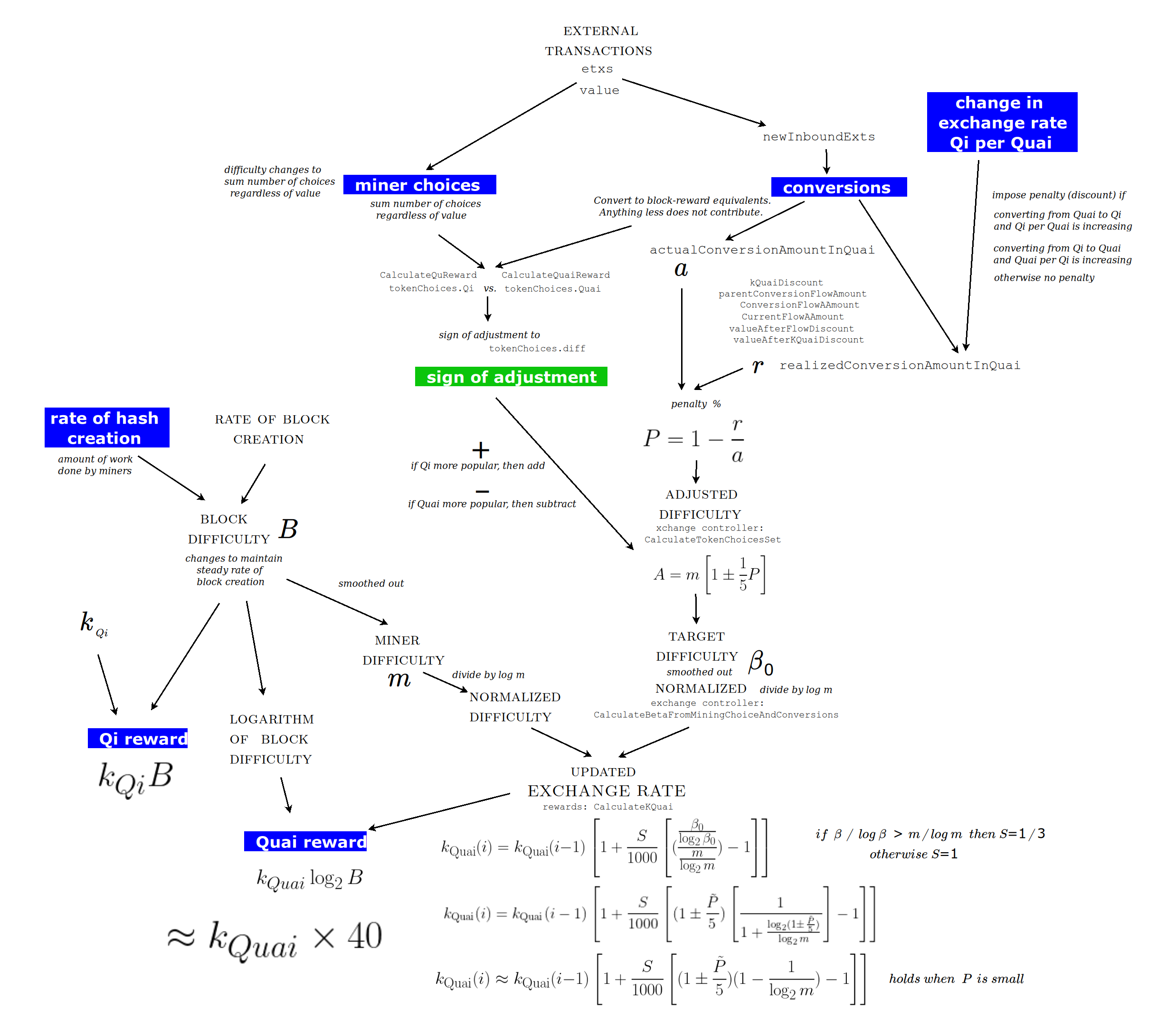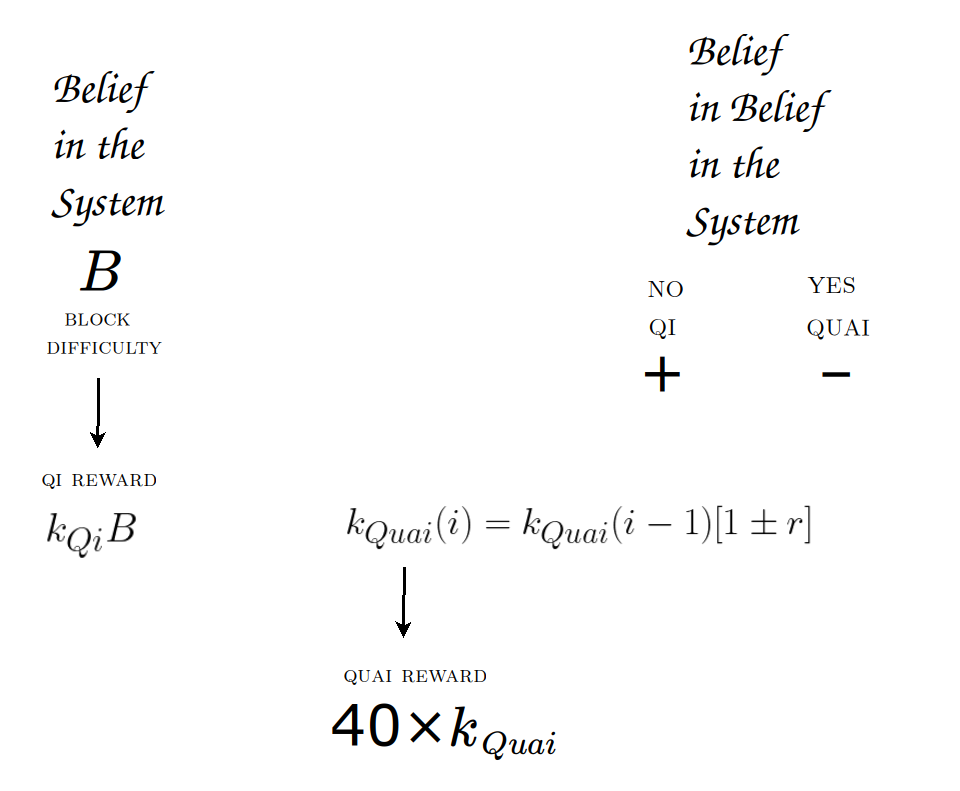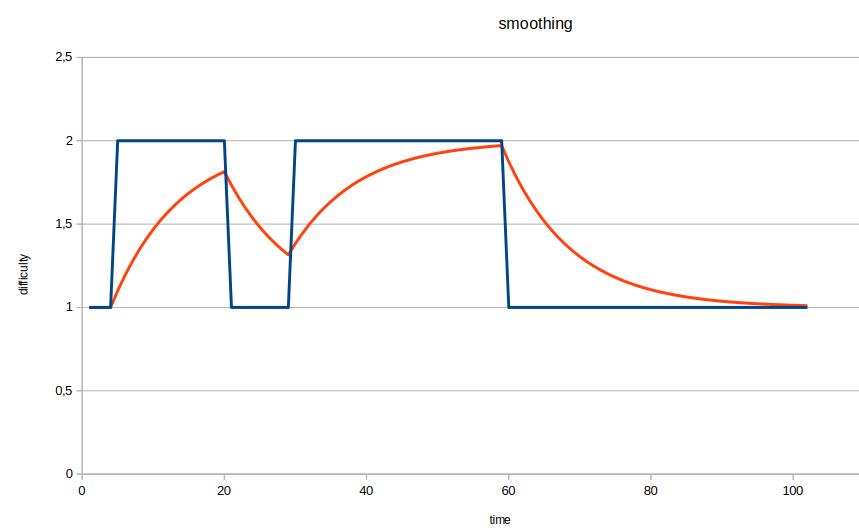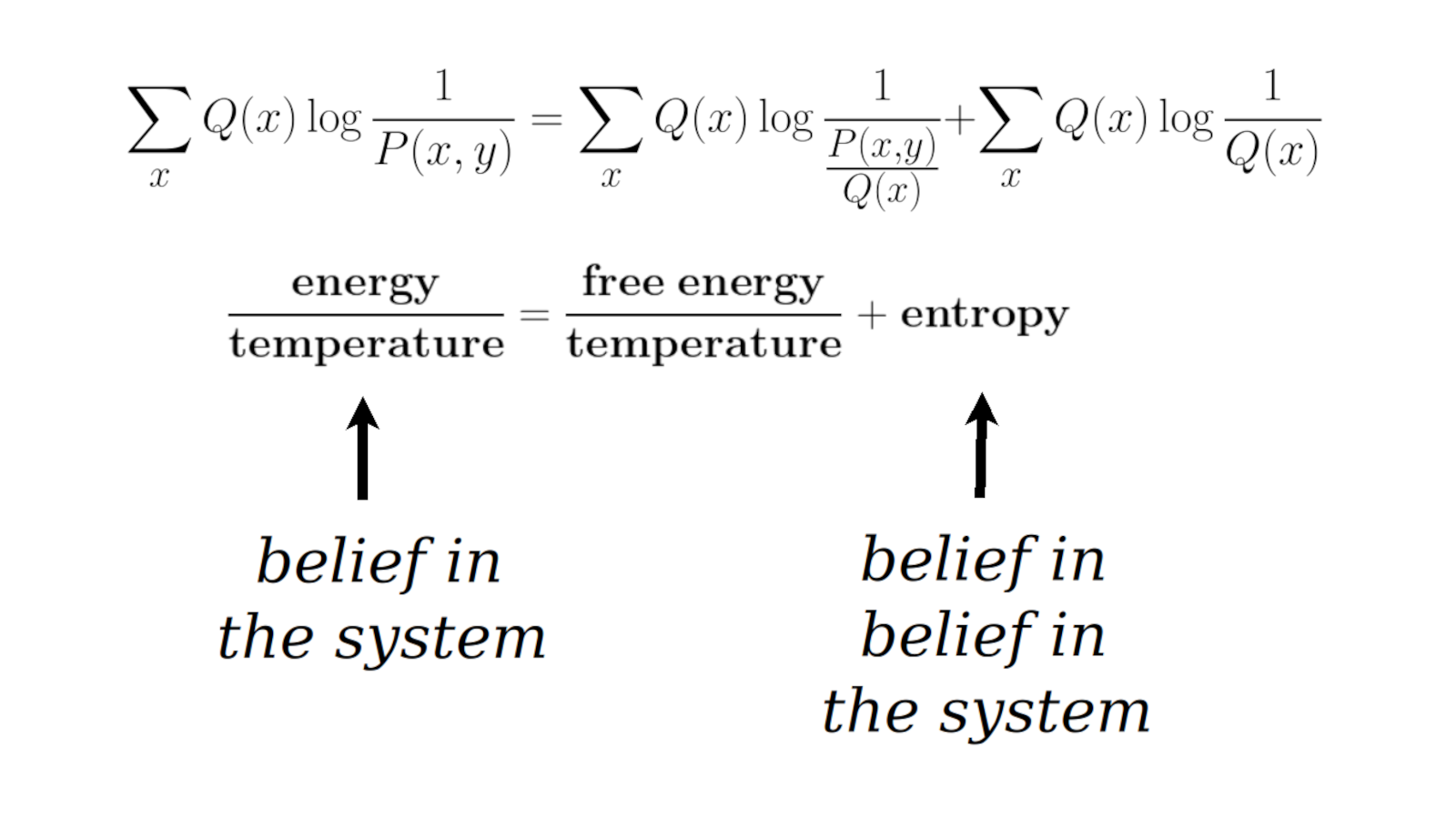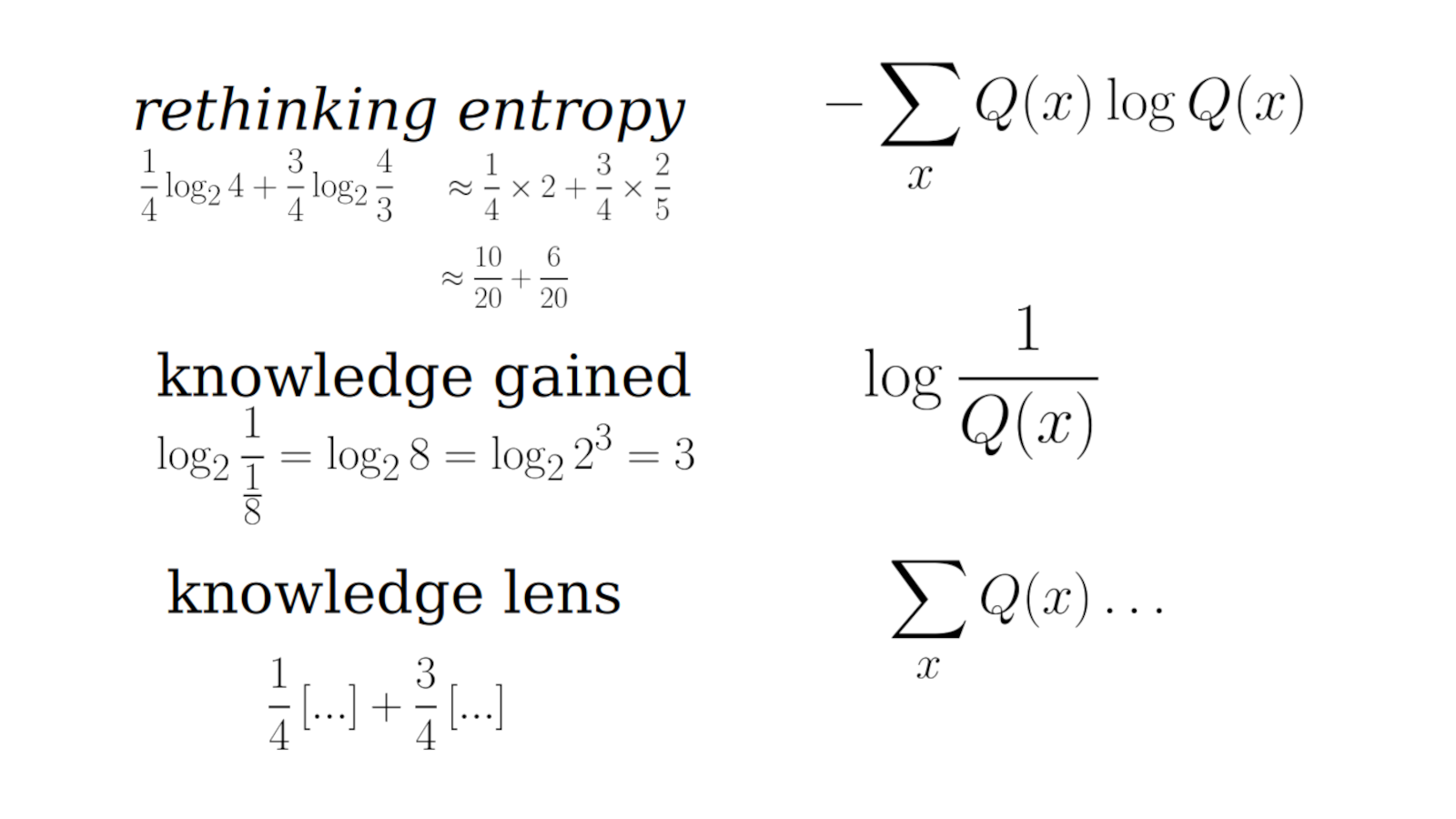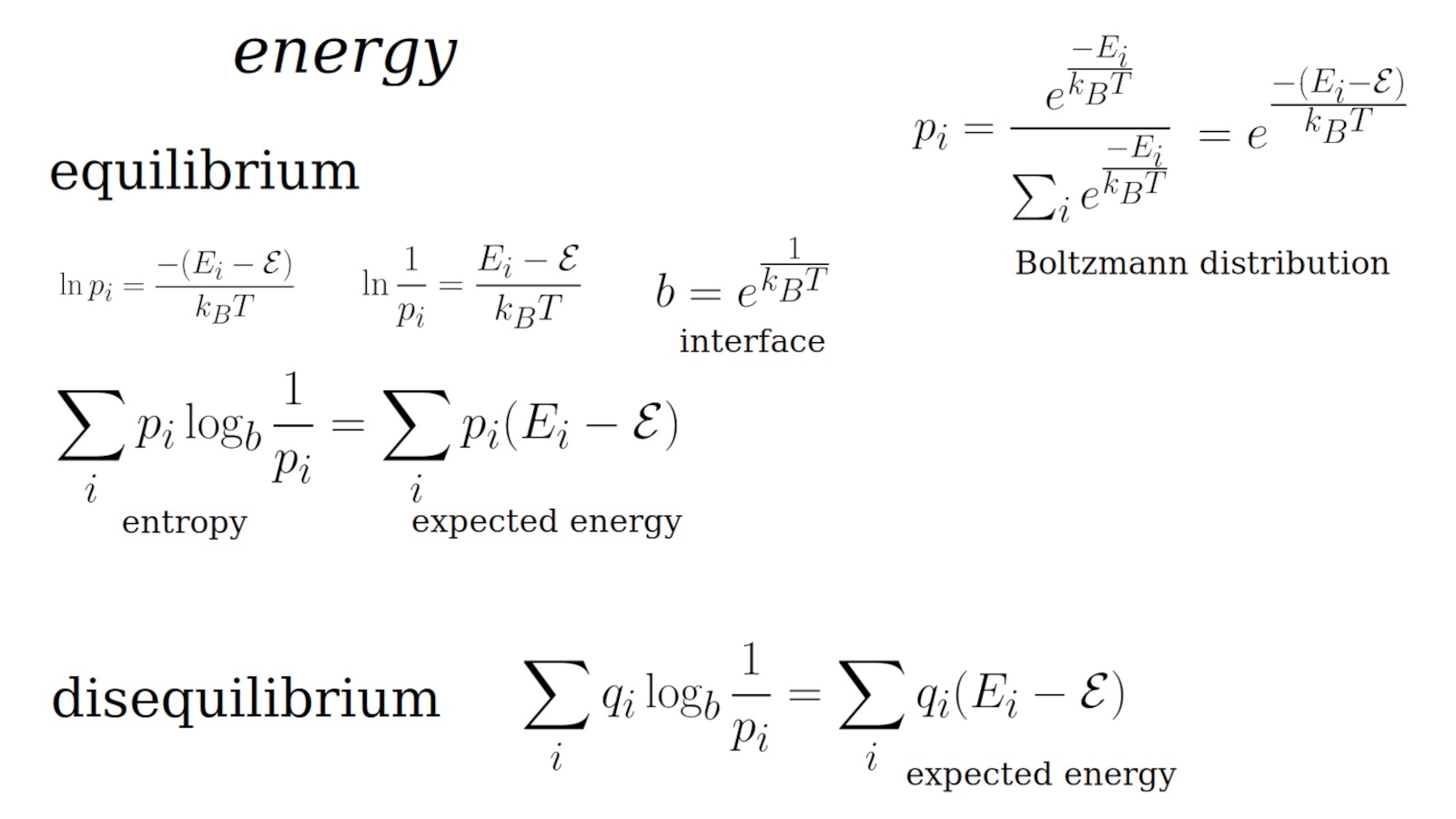- Qi Quai, Updating kQuai, Amount of Quai
- Cost of computing, Blockchain, Economics of maintenance
- Free Energy Principle, Expected Free Energy, Entropy, Maximum Entropy Principle, Understanding entropy
Qi Quai Report
Andrius Kulikauskas
Contents
- Questions to explore
- Facts to consider
- Marketing
- Overcomplicating
- Values and priorities
- Understanding how values are updated
- Updating {$k_{Qi}$}
- Updating {$k_{Quai}$}
- Reward mechanism for receiving {$k_{Qi}$} or {$k_{Quai}$}
- Numerical simulations
- Game theory analysis
- Learning from Bitcoin
- The applicability of theoretical ideas: Energy, entropy, free energy
- The cost of doing business
- The merit of two currencies
- Qi and quai, energy and entropy
- Conclusions
- Suggestions
Questions to Explore
- Problem: want endogenous pricing, independent of fiat currencies
- Principle: bimetallism, Gresham's law
- Analogy: relate them to entropy and free energy, or kinetic and potential energy
- Formula: formulate a useful calculation such as for a Kalman filter
Facts to Consider
- caveat: even a perfectly well-founded system has only a tiny chance of success because luck is required
- caveat: the system lacks a way to update the protocol in response to future circumstances
Observations
- the system is not being used for real exchanges
- there is no balance to the system
- there is no evidence to be seen that the controller is functioning properly
- people are only mining and owning quai
- qi is more expensive than quai
- block difficulty is going down
Marketing
Marketing leads to curious use of language
- "Discount" means "penalty"
- "Proof of entropy minimization" means "alphabetical order"
What are the claims made about entropy and energy? And why are they being made?
Values and principles
Positive
- open community, meetings
- quAI available and helpful
Negative
- error not corrected
- comment not corrected
- there is no explanation how to know if the system is functioning properly
- there is no simulation to show how the system could be working properly
- there is no explanation of the assumptions for the underlying game theory
Updating kQuai
- core > slice.go Calculating actualAmountOfQuai (before penalty) vs. realizedAmountOfQuai (after penalty)
- consensus > misc > rewards.go The voting mechanism which expresses whether Qi or Quai is prefered.
- core > exchange_controller.go The algorithm for updating kQuai
Understanding how to calculate {$k_{Quai}(i)$} given {$k_{Quai}(i-1)$}.
Numerical simulations
The graph of how the averaging works. Smoothing the blue curve yields the red curve.
Game theory analysis
Problem (double check)
- Miners will want to mine Quai when the difficulty is lower than it should be. However, the protocol increases the reward for Quai precisely when difficulty is low. This suggests that the controller will not function, will not balance.
Learning from Bitcoin
| year | tW-hr per year | bitcoins created per year | mW-hr per bitcoin | exa-hash per year | hash per W-hr | US electricity $ per kW-hr | market cap billion $ | $ billion cost per year | energy cost over cap | tera-hash per block |
| 2011 | 0.14 | 2,628,000 | 0.05 | {$1.4 \times 10^{2}$} | {$1.0 \times 10^{9}$} | 0,10 | 0,02 | 0.014 | 90% | 0.0000005 |
| 2012 | 0.10 | 2,505,934 | 0.04 | {$5.2 \times 10^{2}$} | {$5.2 \times 10^{9}$} | 0,10 | 0,09 | 0.01 | 12% | 0.000002 |
| 2013 | 1.06 | 1,314,000 | 0.8 | {$1.6 \times 10^{5}$} | {$1.5 \times 10^{11}$} | 0,10 | 5 | 0.11 | 2% | 0.007 |
| 2014 | 4.73 | 1,314,000 | 4 | {$5.2 \times 10^{6}$} | {$1.1 \times 10^{12}$} | 0,10 | 7 | 0.47 | 7% | 0.02 |
| 2015 | 3.62 | 1,314,000 | 3 | {$1.7 \times 10^{7}$} | {$4.6 \times 10^{12}$} | 0,10 | 5 | 0.38 | 8% | 0.07 |
| 2016 | 5.73 | 998,066 | 6 | {$5.4 \times 10^{7}$} | {$9.5 \times 10^{12}$} | 0,10 | 11 | 0.59 | 6% | 0.2 |
| 2017 | 12.93 | 657,000 | 20 | {$3.0 \times 10^{8}$} | {$2.3 \times 10^{13}$} | 0,10 | 124 | 1.36 | 1% | 1 |
| 2018 | 43.32 | 657,000 | 66 | {$9.3 \times 10^{8}$} | {$2.2 \times 10^{13}$} | 0,11 | 150 | 4.56 | 3% | 4 |
| 2019 | 54.63 | 657,000 | 83 | {$2.3 \times 10^{9}$} | {$4.3 \times 10^{13}$} | 0,11 | 98 | 5.75 | 6% | 10 |
| 2020 | 67.14 | 446,078 | 151 | {$3.8 \times 10^{9}$} | {$5.6 \times 10^{13}$} | 0,11 | 350 | 7.11 | 2% | 16 |
| 2021 | 89.00 | 328,500 | 271 | {$4.6 \times 10^{9}$} | {$5.2 \times 10^{13}$} | 0,11 | 732 | 9.88 | 1% | 22 |
| 2022 | 95.53 | 328,500 | 291 | {$7.1 \times 10^{9}$} | {$7.4 \times 10^{13}$} | 0,12 | 608 | 11.8 | 2% | 30 |
| 2023 | 121.13 | 328,500 | 369 | {$1.4 \times 10^{10}$} | {$1.1 \times 10^{14}$} | 0,13 | 576 | 15.4 | 3% | 54 |
| 2024 | 168 | 216,677 | 775 | {$2.3 \times 10^{10}$} | {$1.4 \times 10^{14}$} | 0,13 | 1,346 | 21.8 | 2% | 91 |
The cost of doing business
Have in mind not all expenses but those that are essential for maintenance
Cost of maintaining a civilization, an economy, a system
More examples
- Gold, silver, other resources...
- Maintaining a house
- Maintaining a road
- Maintaining a car
Economics of maintenance
The cost of doing business can be considered from two different point of view:
- The cost of doing business for a civilization is the "economy", the financial infrastructure. Then the entropy is the usual economic transactions and the free energy is given by the special capitalist projects that the economy makes possible through savings, loans, etc.
- The cost of doing business for an economy is the incentive for the power structure, the organizers and maintainers. Then the entropy is the cost of mining and the free energy is the ability to support transactions that allow individuals to do their thing.
The merit of two currencies
Default mode (doing nothing specific) vs. action mode (doing something specific)
Grisham's law - bad money chases out good
The applicability of theoretical ideas: Entropy, energy, free energy
Conclusions
- Problem: want endogenous pricing, independent of fiat currencies
- Principle: bimetallism, Gresham's law
- Analogy: relate them to entropy and free energy, or kinetic and potential energy
- Formula: formulate a useful calculation such as for a Kalman filter
- kQi relation to technology changes is crude
